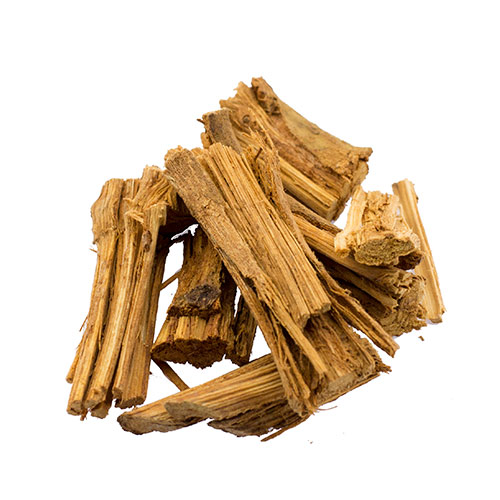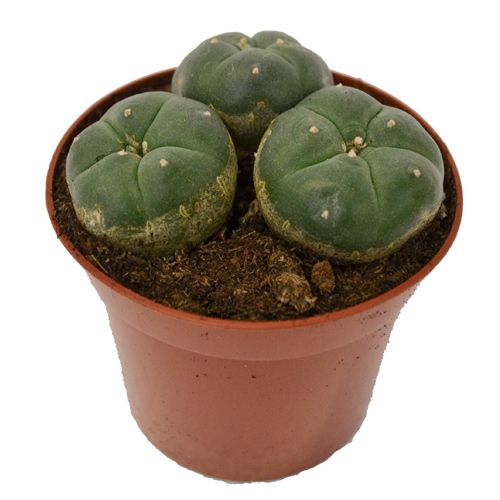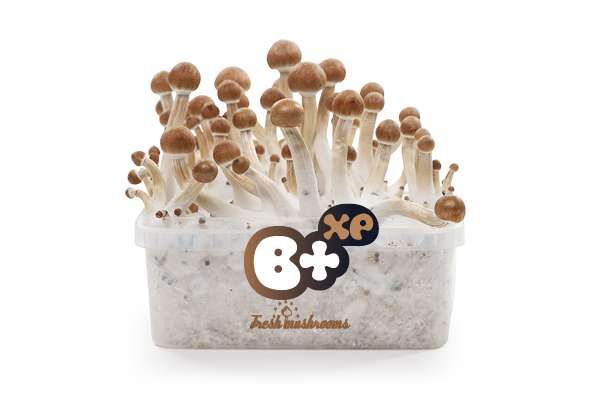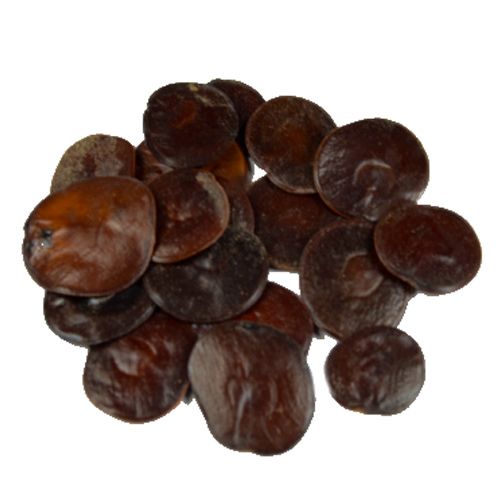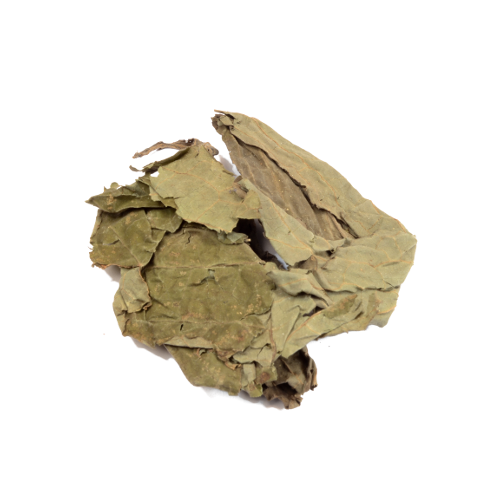The most special substances used by indigenous tribes from South and Central America
by Avalon Magic Plants
9 Aug 2019
In December 1993, the United Nations decided to celebrate the International Day of Indigenous Peoples on 9 August each year. That means that on this day, we pay attention to their cultures and the contribution indigenous peoples make to cultural diversity. Here at Avalon Magic Plants, many of our products come directly from indigenous people in South and Central America, so we have a lot to thank them for. That is why today, we will pay tribute to some of the most special products in our store. Products that have been used for thousands of years by indigenous tribes like the Mayans, Mazatec, Tsachila and Chachi. Some of them are relaxing, others give you energy and some are downright psychedelic to the core. Let’s take a look!
Ayahuasca
When we talk about special products that were used by indigenous peoples, Ayahuasca definitely takes the lead. This drink has played a central role in the religious and cultural traditions of indigenous peoples of the Amazon for many hundreds of years. The Amazonian-brew is often called 'drink of the soul' and it is seen as a gift from the gods. The psychedelic beverage originates from the Amazon region and is a product made from the Banisteriopsis Caapi vine and the DMT-containing leaves of the Psychotria viridis (Chacruna) or Diplopterys cabrerana (Chaliponga). Ayahuasca is often used to communicate to the spiritual world. Today, the Western world is becoming increasingly interested in Ayahuasca because of its special effects and therapeutic usage. For some, ayahuasca is even a means to fight deep fears, anxiety or depression.
Peyote
The Peyote (Lophophora Williamsii) is a spherical cactus without spines that contains the magical chemical compound mescaline. Mescaline has been used for a long time by indigenous people in Mexico, where it was mainly used in shamanic rituals. Archaeological findings date the usage of Peyote to at least 5.700 years ago by Native Americans in Mexico. Mescaline can cause various physical, cognitive and visual effects, such as improved colors and brightness to geometric shapes and complex fractals. Quite a special cactus! It is known that the singer of The Doors, Jim Morrison, regularly experimented with mescaline. It is now known that the name of the band was derived from the book Doors of Perception by Aldous Huxley, which experimented with psychedelic substances like mescaline.
Magic Mushrooms
Nowadays, Magic Mushrooms are popular all around the world. That wasn't always the case. Before they were even called Magic Mushrooms, these psilocybin containing mushrooms were considered sacred by the Mesoamerican peoples of Mexico. In the Nahuatl language the word teonanacatl (mushrooms) literally means 'the flesh of God'. It wasn't until somewhere around the 1950s that the hallucinogenic mushrooms were brought to Europe. During excavations in Mexico and Guatemala, hundreds of statuettes were found in the form of mushrooms that are thousands of years old. These sacred mushrooms were probably already used back then. The psilocybin and psilocin in these magic mushrooms are responsible for the magical hallucinogenic effects. These range from visual hallucinations to emotional changes and loss of ego. These Magic Mushrooms are an absolute must-try!
Anadenanthera Peregrina (Yopo)
Are you looking for an intense trip full of visual effects? Then yopo might just be what you are looking for. Anadenanthera Peregrina has been used by several indigenous tribes in South and Central America for at least more than 4.000 years. Nowadays it is mainly used by some tribes in the Amazonian jungle. Yopo contains a combination of several psychedelic compounds, such as DMT, Bufotenin and 5-MeO-DMT. These psychoactive compounds are responsible for an intense psychedelic journey full of visionary experiences. Yopo can be used in a lot of different ways, but the best way to consume yopo is by having a second person blow the powder in your nose through a straw or a thin pipe. Blowing is more effective than sniffing because this method allows more powder to enter the nose and is said to be less irritating.
Salvia Divinorum (Sage)
The Salvia Divinorum plants has been chewed on by medicine men for thousants of years at religious rituals of the Mazatec Indians. Salvia Divinorum, also known simply as sage, is one of the most hallucinogenic products that we know of. This special Mexican herb can be used in various ways: it can be chewed, infused in a tea or even vaped. However, sage is mostly used by smoking it in a pipe or bong, or even in a cigarette. When used, users can experience various effects such as uncontrollable laughter, visual hallucinations and alienation of their own body and mind. Users are usually no longer aware of their environment. The effect of Salvia Divinorum is highly dependent on the state of mind of the user, and it's certainly not a drug for everyone!


